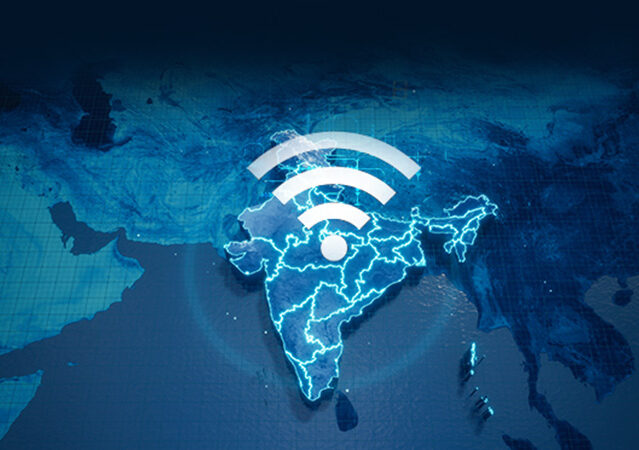Address
304 North Cardinal St.
Dorchester Center, MA 02124
Work Hours
Monday to Friday: 7AM - 7PM
Weekend: 10AM - 5PM

India just crossed a historic milestone: over 50% of its rural population now has access to the internet, according to the latest data from the Telecom Regulatory Authority of India (TRAI). For a country where two-thirds of the population still lives in villages, this isn’t just a statistic — it’s the start of a second digital revolution.
From education to entrepreneurship, healthcare to financial inclusion, this shift is poised to reshape India’s economy and society in profound ways.
The Numbers That Matter
As of mid-2025:
Behind the numbers lies an opportunity to bridge India’s long-standing digital divide.
What’s Driving the Rural Surge?
Several key factors have contributed to this growth:
The net result: a generation of rural Indians that is digitally curious, connected, and increasingly confident.
Economic Impacts: The Digital Bharat Dividend
Rural digital access isn’t just a feel-good story — it’s an economic catalyst. Here’s how:
This transformation is rewiring rural aspirations — from job-seeking to job-creating.
Challenges to Watch
Despite the progress, several roadblocks remain:
To truly unlock rural India’s digital potential, public and private players must focus not just on access, but on usability and safety.
Final Thoughts
India’s leap toward 50%+ rural internet penetration is a quiet revolution — not marked by protests or policies, but by a shift in agency.
With the right infrastructure, education, and protection in place, this could become the foundation for a digitally inclusive economy where every Indian, no matter where they live, can participate in the 21st-century knowledge ecosystem.
The Digital India vision is no longer a top-down mission — it’s a bottom-up movement now in full motion.